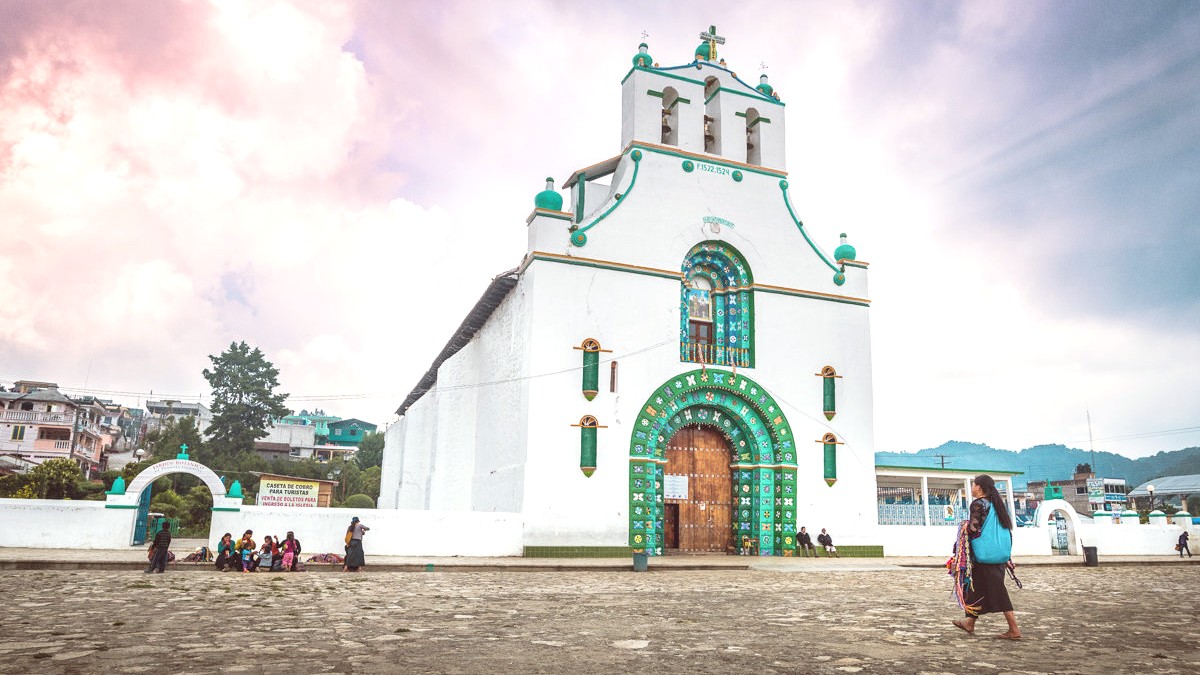
Tabasco And Chiapas, Mexico
Chiapanecan cuisine is an unique place within Mexico's broad culinary landscape. Spanish colonial traditions also shaped the cuisine, introducing new ingredients and cooking methods. This blend results in dishes that are both hearty and flavorful, often rooted in ancient agricultural practices.
Highland dishes often feature more hearty stews, a greater use of cheeses, and specific herbs suited to the cooler climate.
Breakfast (Desayuno): Typically 8 AM - 10 AM. Lunch (Comida): The main meal, 2 PM - 4 PM. Dinner (Cena): Lighter, 8 PM - 10 PM or later.
10-15% is standard for good service in restaurants.
Many restaurants offer a "comida corrida" or "menú del día" - a fixed-price, set menu, usually including soup, a main course, and a drink.
A savory bread soup unique to San Cristobal. This rich soup features chicken broth, eggs, local cheese, vegetables, and sometimes plantains.
Find it in traditional restaurants.
Roasted suckling pig. This traditional festive dish, often served with a rich, flavorful sauce, is a highlight of Chiapanecan cuisine.
Look for it in restaurants specializing in regional food.
Thinly sliced, dried beef. It is often grilled and served with black beans, fresh tortillas, and local cheese.
This dish is common in local markets and traditional restaurants.
A local ball-shaped cheese with a distinctive flavor. It is often served as an appetizer with honey or as part of a larger meal.
A hearty stew made with offal, often liver and heart, cooked in a rich, spicy chili sauce. This traditional dish offers a deep, complex flavor.
Offers modern Mexican cuisine with a strong focus on local, seasonal ingredients.
Numerous options provide good quality food and a pleasant ambiance, suitable for a comfortable meal.
Inexpensive, authentic, and hearty meals.
A diverse resident and tourist population brings a good selection of international restaurants.
Italian, French, vegetarian/vegan, and some Asian options present.
Mercado José Castillo Tielemans is a hub for prepared food, fresh tortillas, and local specialties.
Exploring its food section is a culinary adventure.
Relatively vegetarian-friendly, specific menu sections or adaptations possible.
Challenging due to cross-contamination; communicate clearly.
Common in traditional dishes; specific inquiries needed.
Use translation apps or pre-written cards in Spanish.
Specialty bars focusing on Pox, the traditional Mayan corn liquor. Many offer tasting experiences.
Try different flavored Pox and learn about its cultural significance.
San Cristobal boasts a thriving cafe culture, reflecting Chiapas's status as a major coffee-producing region.
Spend time in local cafes, enjoying freshly brewed coffee and observing daily life.
Meal times and tipping norms. Keep hands visible on table.
Market exploration offers true insights.
Learn traditional Mayan weaving techniques from local artisans.
San Cristobal is a popular destination for Spanish language learning.
Participate in cooking classes to learn how to prepare traditional Chiapanecan dishes.
Celebrated with altars, special foods, and cemetery visits.
Offers an unique cultural observation.
The city's patron saint day, featuring parades, music, and religious ceremonies.
A local celebration.
Offer deep cultural immersion, experience daily life with a local family.